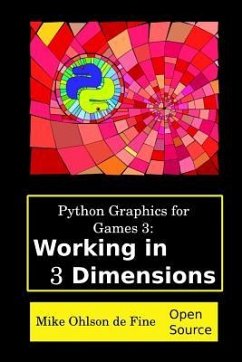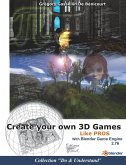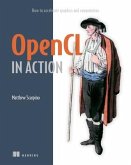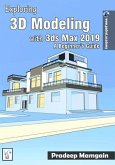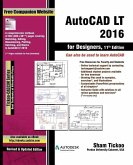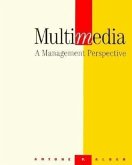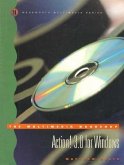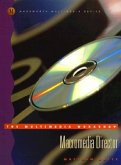This book is about creating animated visual art, game objects and engineering simulations. The book provides over 100 ready-to-run Python programs. Each program was tested on Python versions 2.6, 2.7 and 3.2. This book aims to get readers quickly to the position where they can start crafting code that lets them make 3-dimensional animated images. In addition it will give the reader the tools and capability of learning to use the same techniques used in making the rich graphical worlds seen in modern video games. This book is a recipe cookbook of programs that illustrate many of the ideas and concepts used in the creation of computer games and simulations.
Hinweis: Dieser Artikel kann nur an eine deutsche Lieferadresse ausgeliefert werden.
Hinweis: Dieser Artikel kann nur an eine deutsche Lieferadresse ausgeliefert werden.

